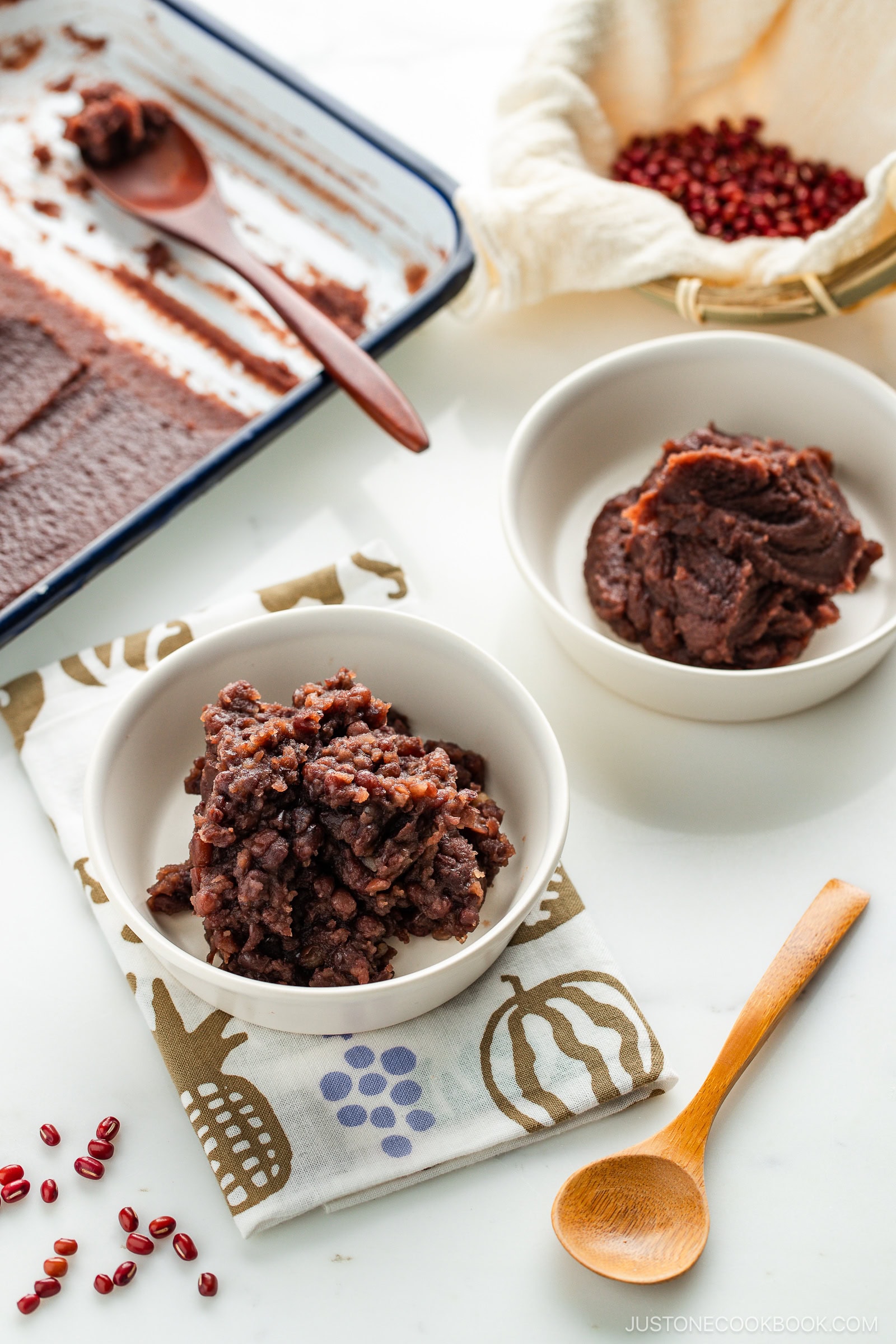
The anko or sweet red bean pasta may seem mysterious, but it is combined with nothing but azuki beans, sugar, salt and a little patience. I will guide you through my simple cooking method for How to do anko And shown how to create both large and refined types to fill your favorite Japanese desserts at home.
If you love Japanese desserts with red bean pasta, try my Daifuku Mochi, Dorayaki and Taiyaki recipes!

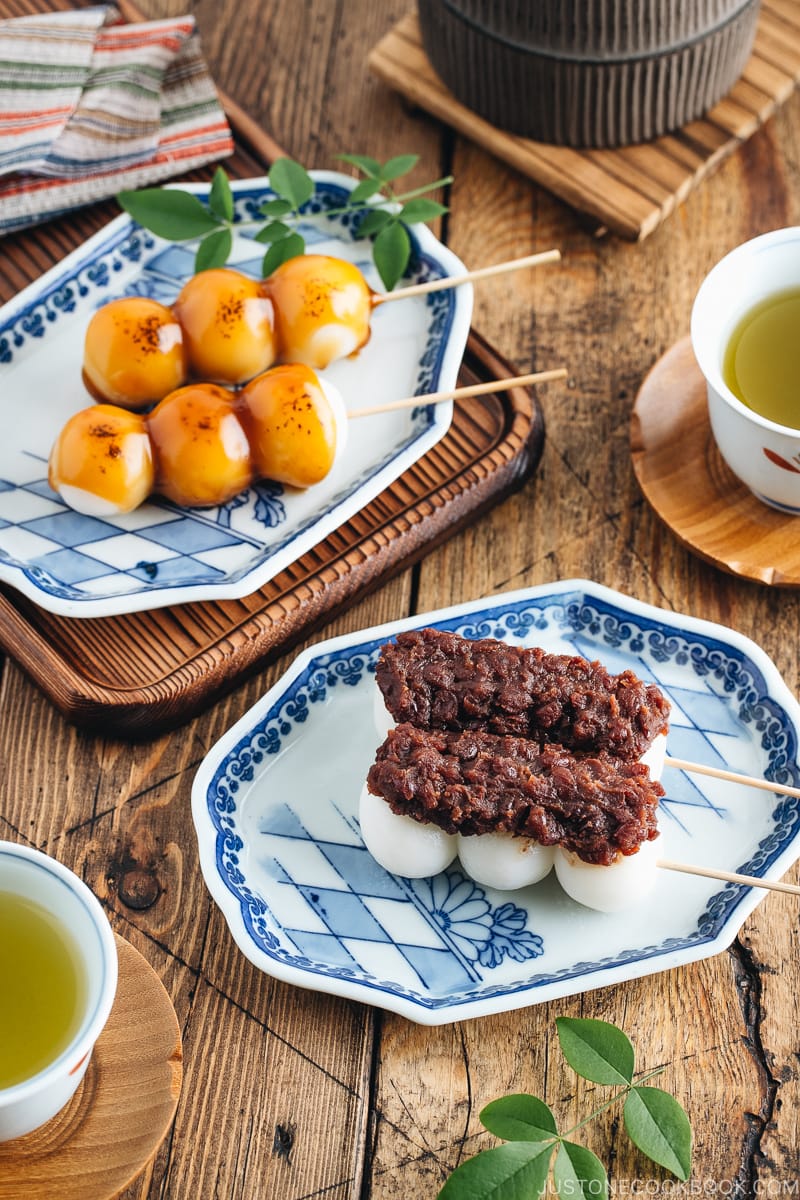
What is Anko?
Anko (Anko) or A (餡) is the classic Japan sweet red bean pasta, suburbing from azuki beans (Adzuki) and sugar until they are thick and shiny. There are two loved ones: rustic and big Tsubuan (Elderly wheat) and fine and smooth Court (こしあん). You will taste Anko in dessert soups, sweet dumplings, sweet mochi rice cakes, even shaved Japanese ice. Once the basic pasta has been master, countless delicacies open.
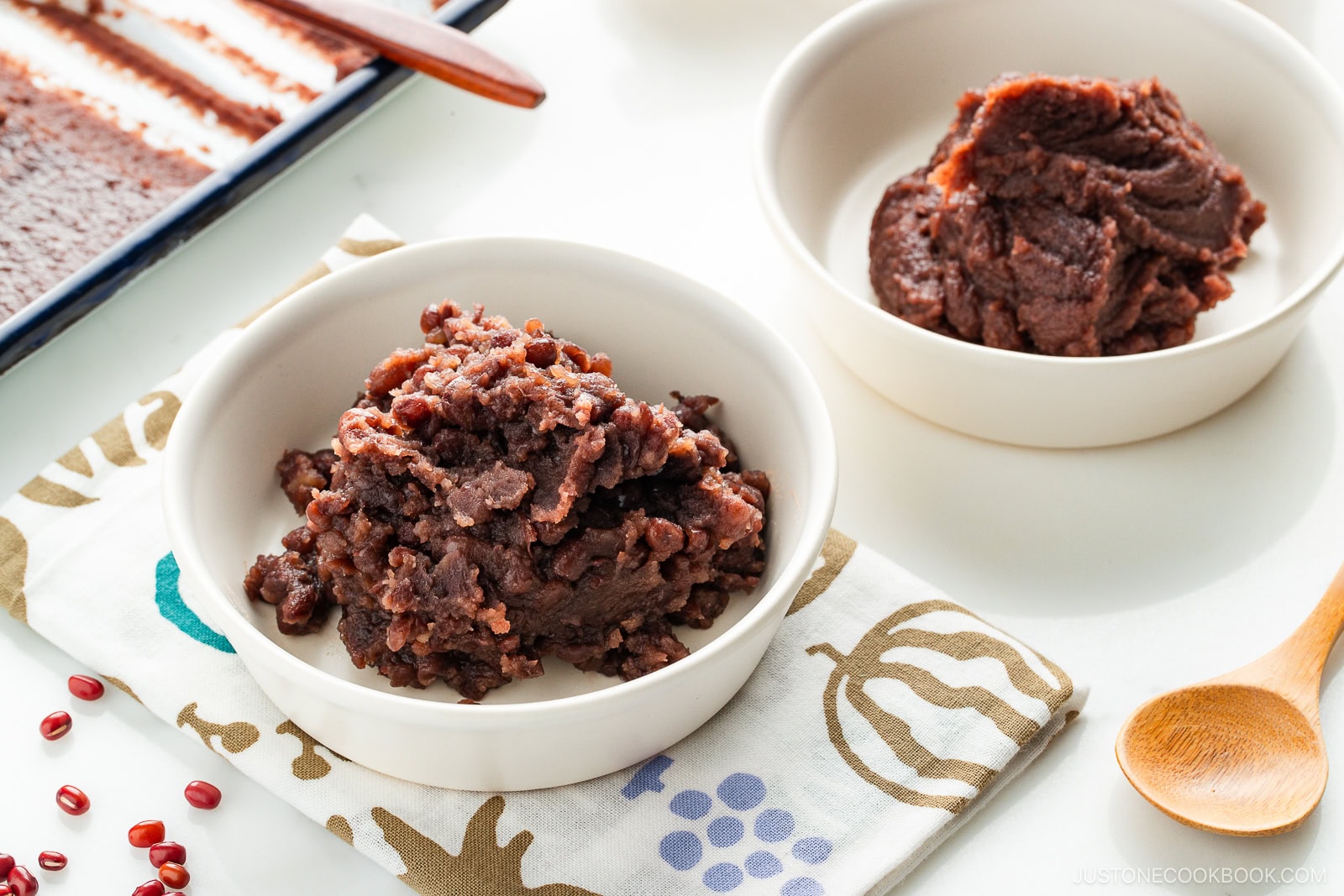
Ingredients for Anko
- Azuki dry beans (also the beans of Adzuki False)
- Waterfall
- Sugar (see suggestions)
- Kosher salt
Find the printable recipe with following measurements.
How to do anko
Preparation
- Rinse and parboils. Choose through the azuki, rinse well and cover with water in a large pot. Bring to a boil, then drain to remove bitterness.
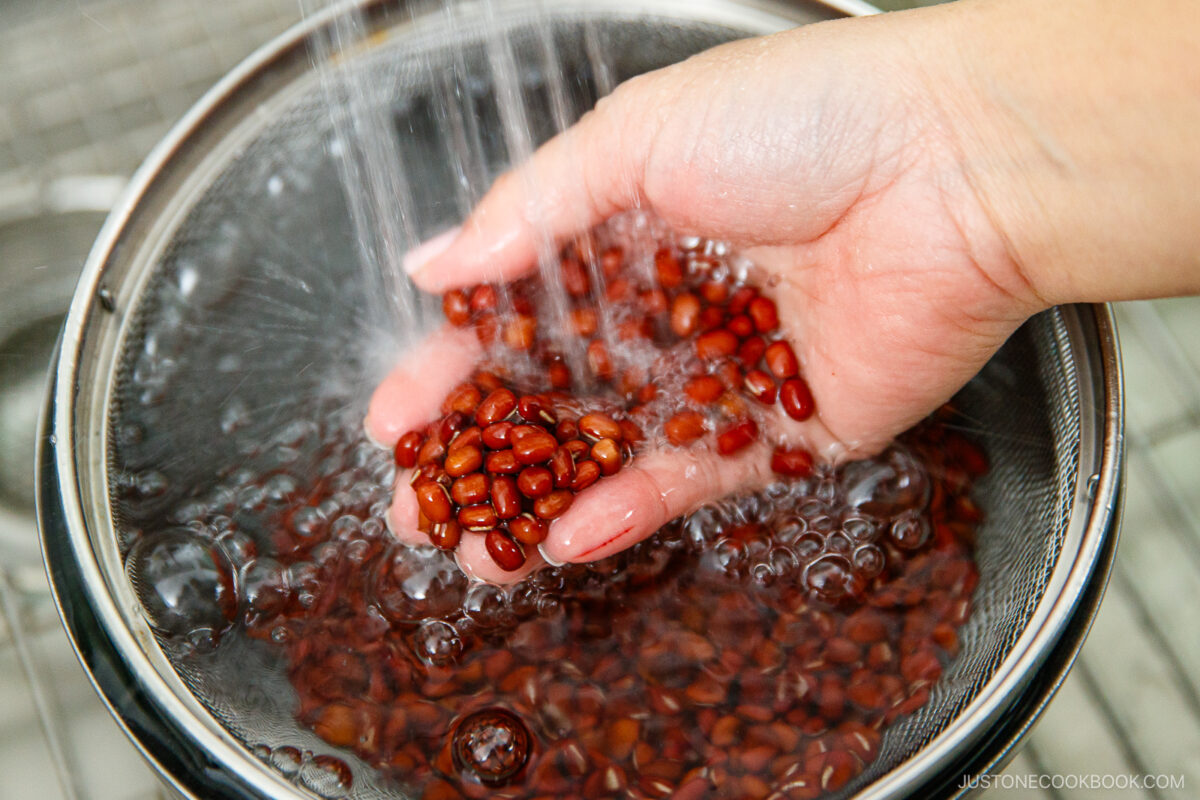
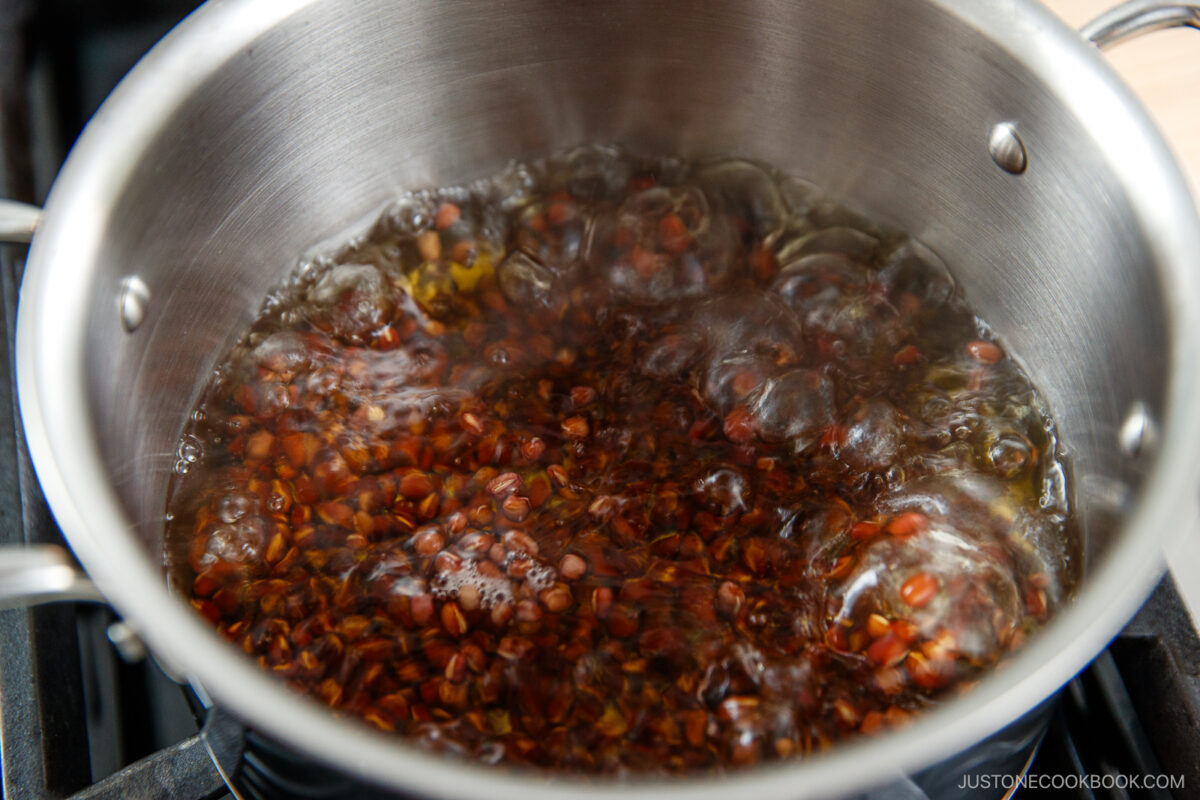
Kitchen
- Cook over low heat until it is tender. Return the beans in the pot, add fresh water to cover and cook on low heat with a drop cover for 60-90 minutes. Reload the water as needed. A bean should easily crush between the fingers.
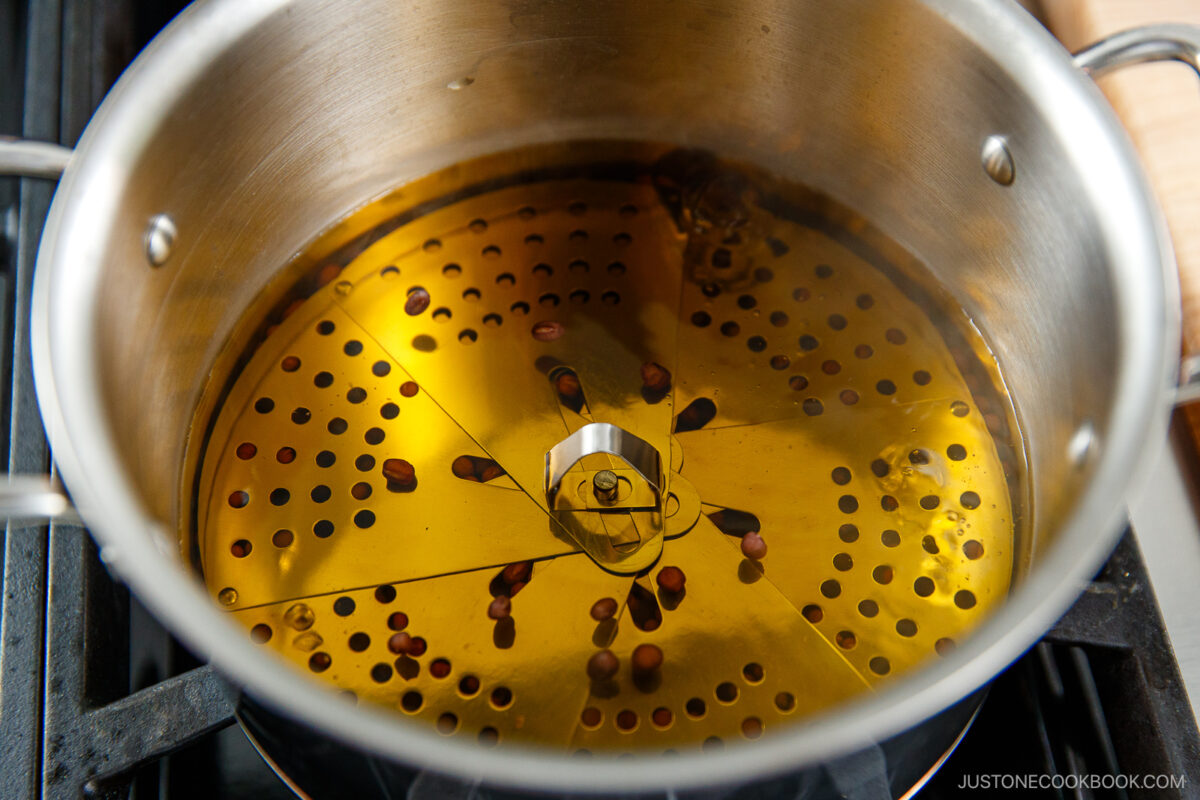
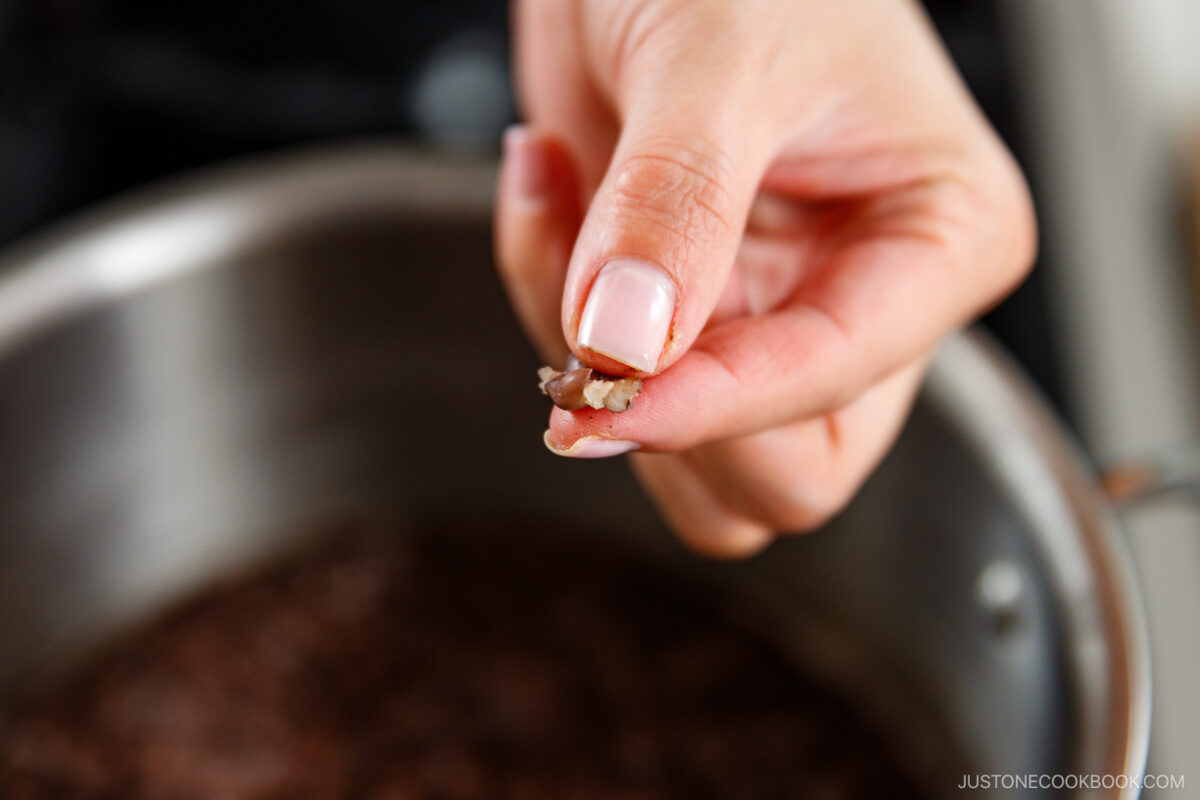
Assemble
- Option 1: Take tsubuan (large pasta). Drain the beans, return to the pot and mix halfway through the sugar over medium-low heat. If melted, add the rest of the sugar and salt. Continue to mix until you can draw a line on the bottom of the pot with a spatula. Distribute on a tray to cool (see below).
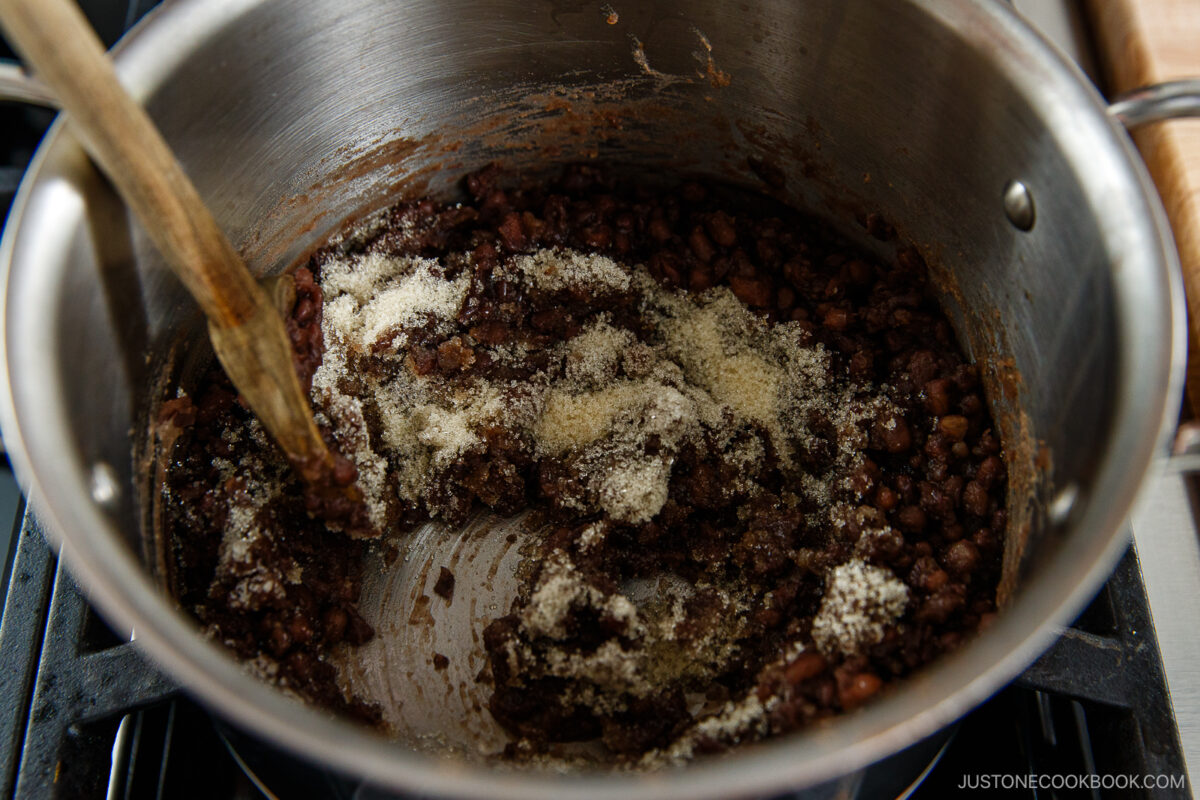
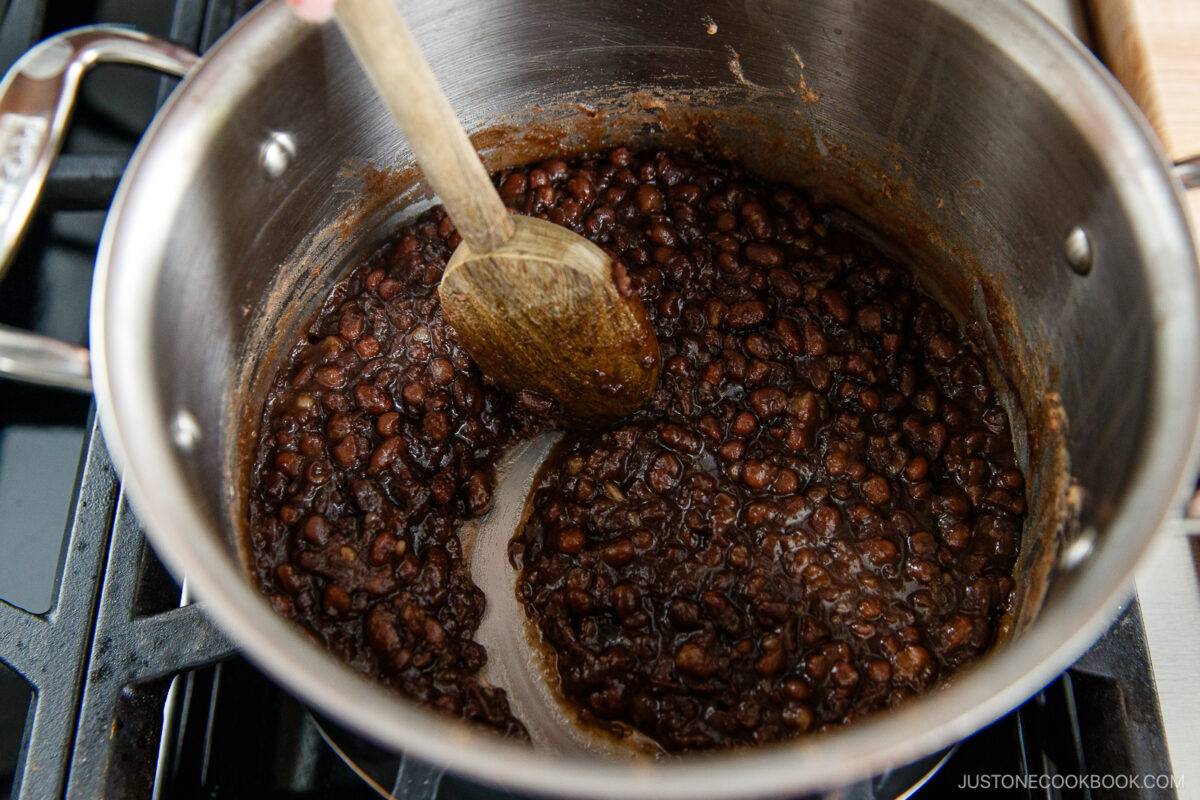
- Option 2 – Create Koshian (fine pasta). Book a little cooking liquid, drain the beans and develop a smooth puree (add the liquid only if necessary). The puree returns to the pot, add the sugar in two additions, then salt and cook as above. Cool on a tray (see below).
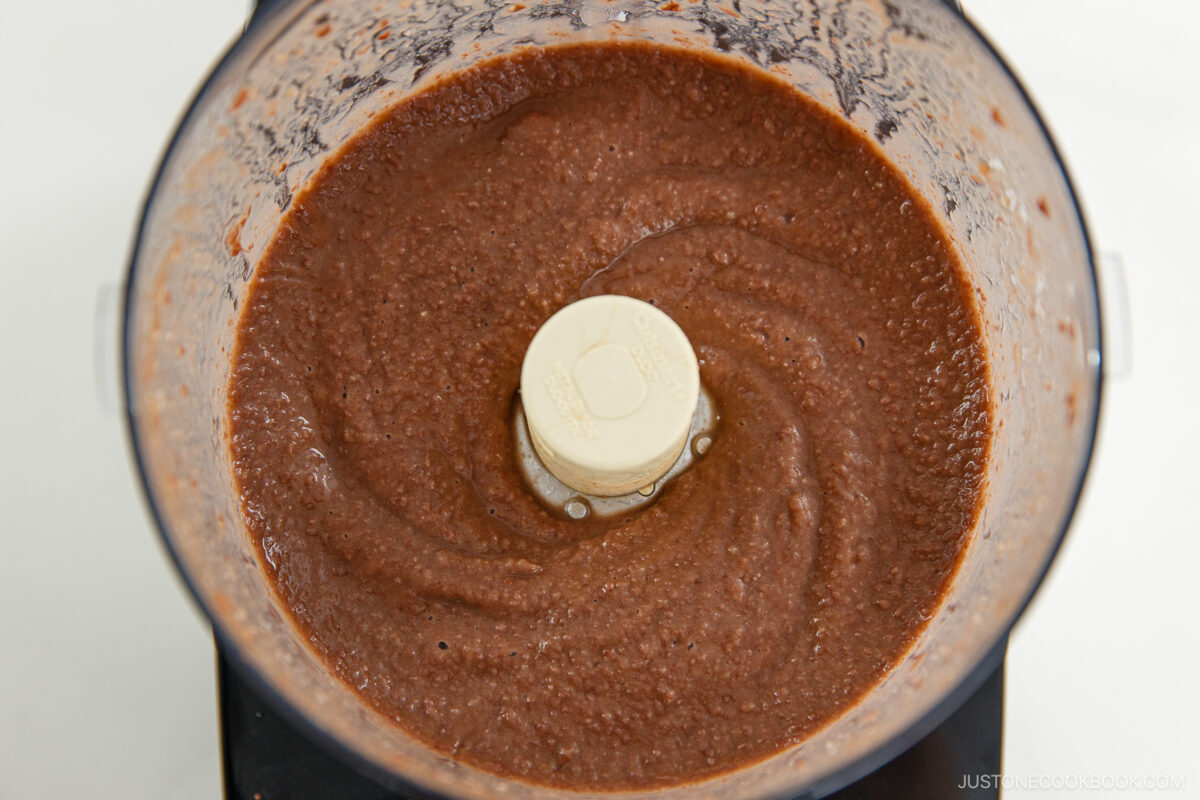
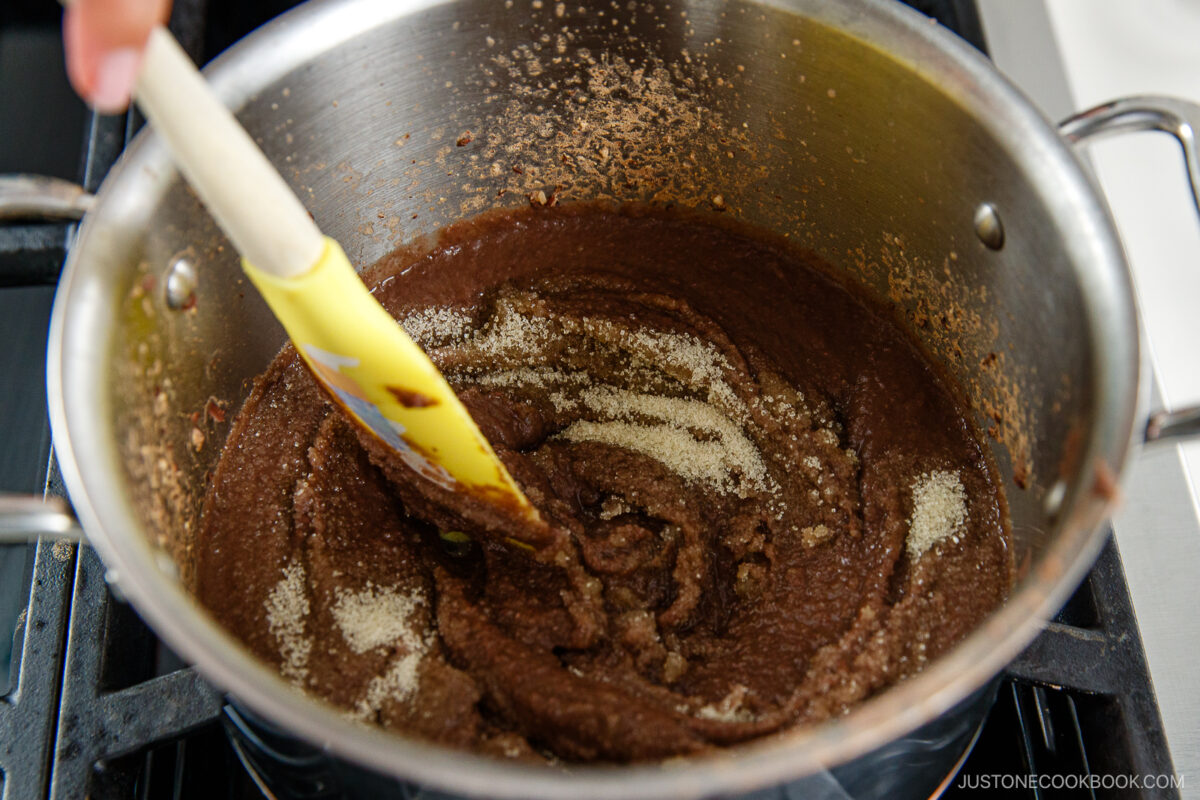
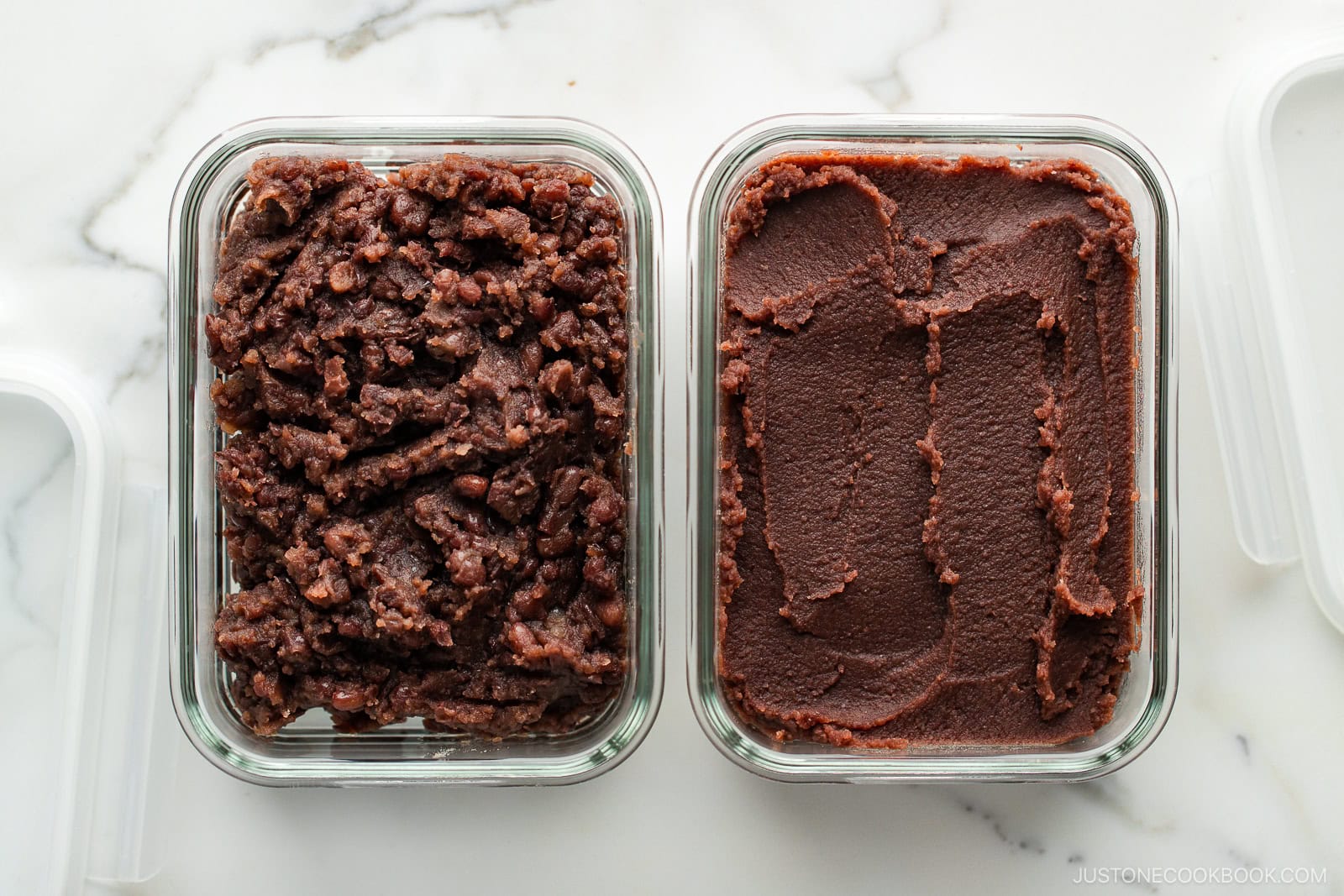
The suggestions for Nami’s recipes
- Jump immersion during the night – Azuki skin softens during cooking, so you can start immediately. No soaked soaking with modern beans!
- Throw away the boiling water – This removes astringency (Shibumi, 渋み) of food. I only do it once, while some people do it two or three times.
- Fagiolo to sugar ratio – A traditional 1: 1 ratio retains the pasta longer. I slightly like less sugar at 175–200 g for 200 g beans for a balanced flavor.
- A pinch of salt is important – Salt improves sweetness without extra sugar.
- Stop at the “line test” – Remove from the heat as soon as you can separate the dough with a spatula; The heat of transport inspections it further.
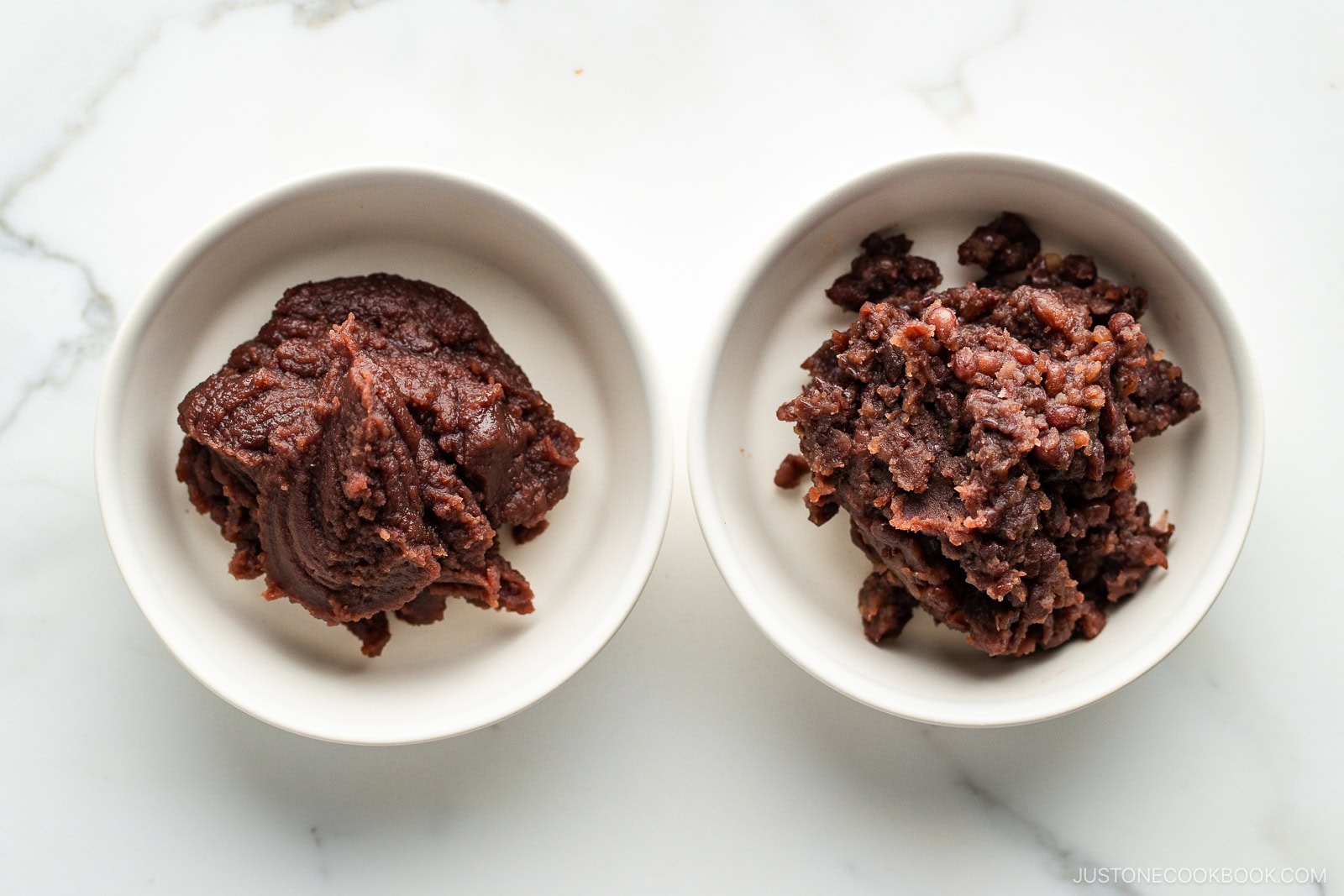
Variations and customizations
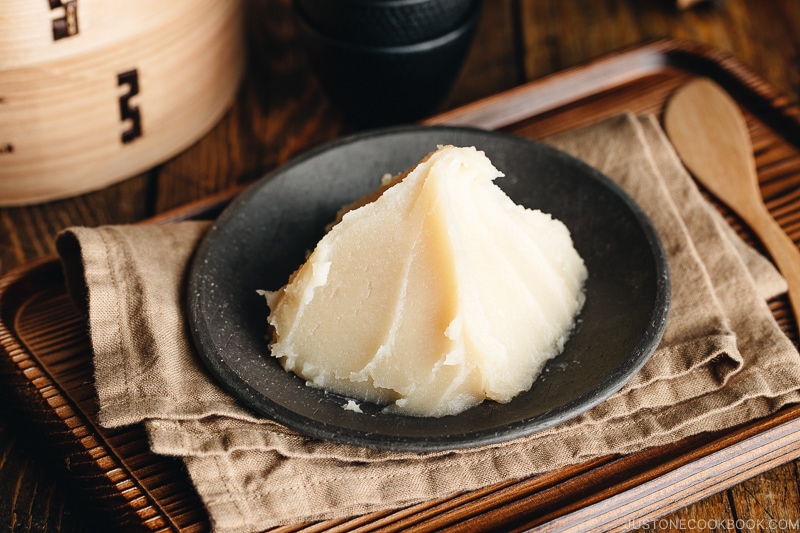
How to use Anko
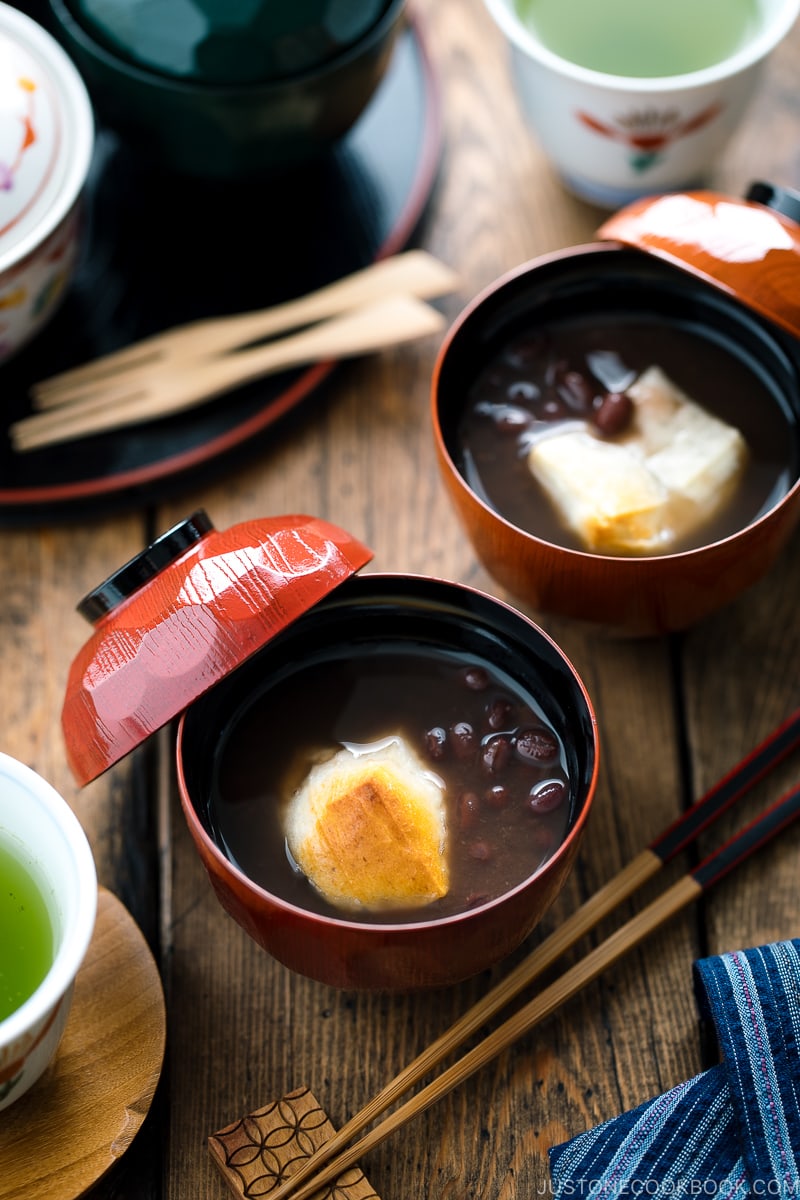

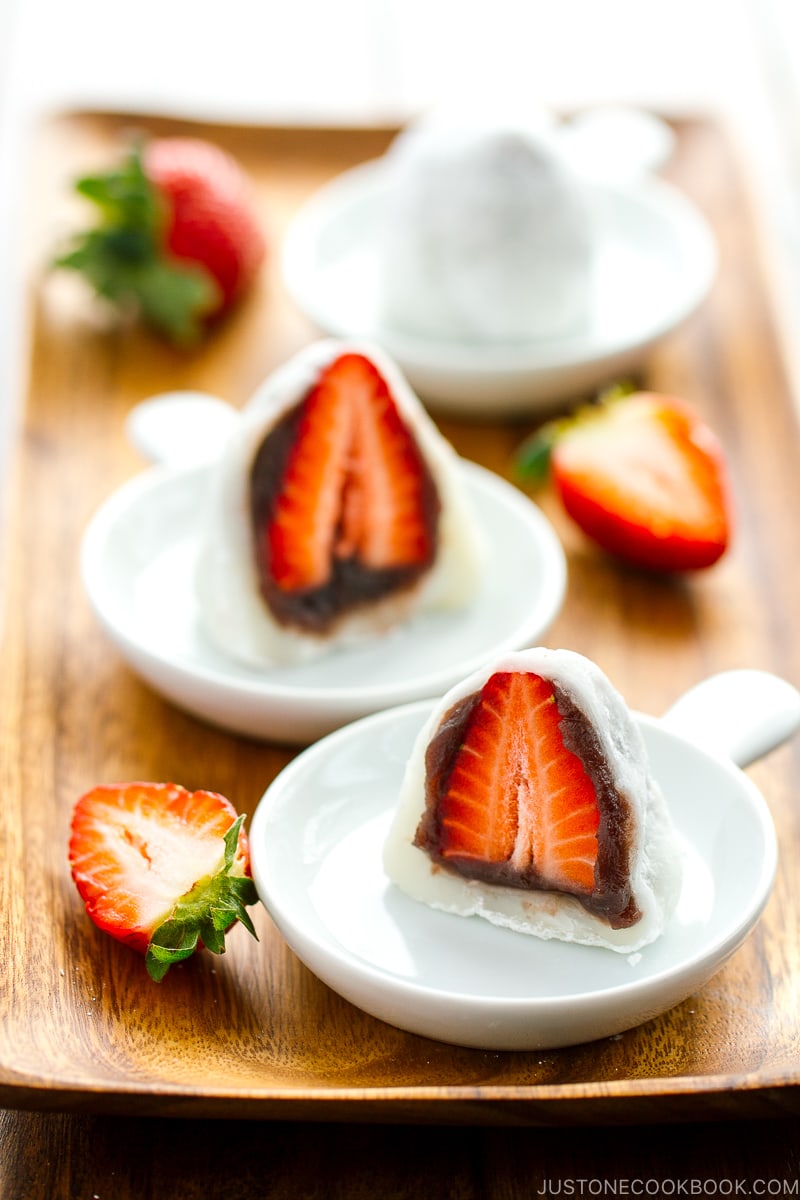
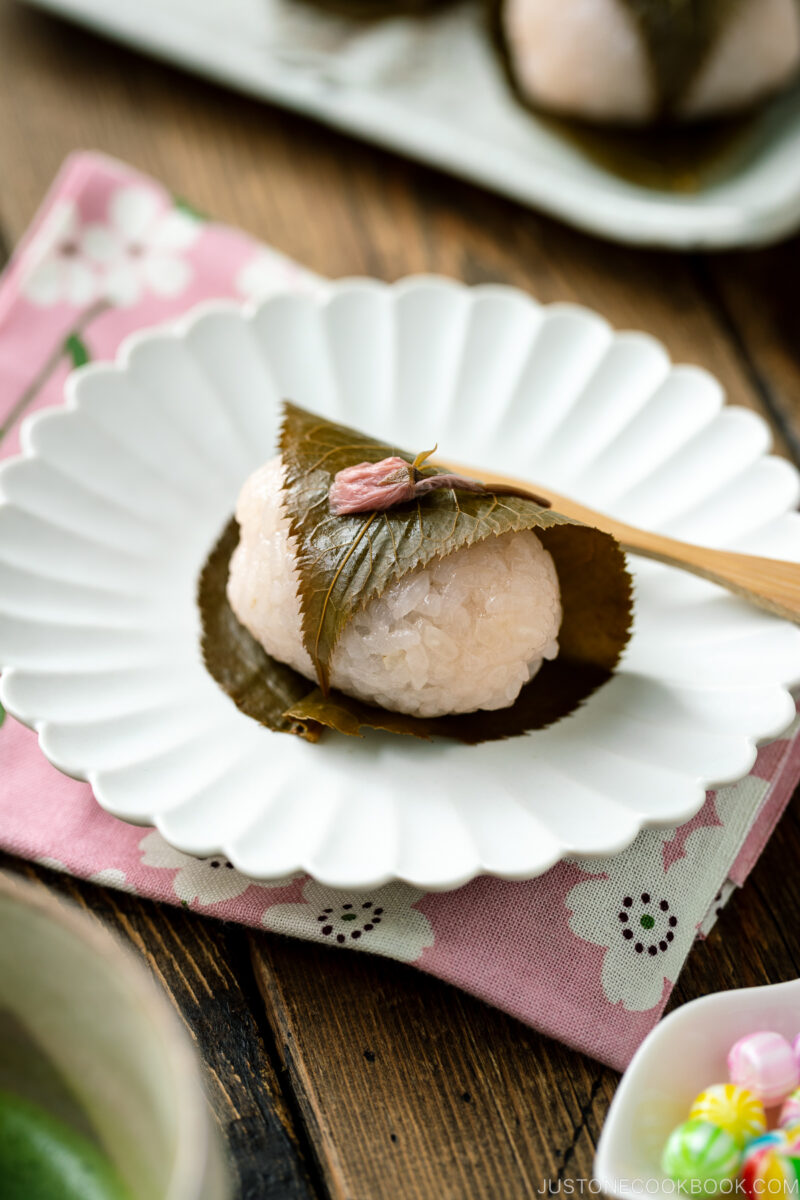
Stiring suggestions
To keep: Cool completely, pack an airtight container and refrigerate 3-4 days.
To freeze: 100 g portion of 100 g of 100 g, winding and freezing for a maximum of 2 months. When it is ready for use, defrost during the night in the refrigerator.
Frequent questions
Less sugar shortens the duration of conservation. If you reduce it below 75 percent of the bean weight, freeze any pasta that you will not use within three days.
The salt suppresses the bitterness and lifts the natural sweetness of the beans, proves and tastes the difference.
Mix a spoonful of the reserved cooking liquid (or hot water) over low heat until you reach the consistency you like.
Follow Koshian’s steps from the beginning. The use of a food processor means that it is not necessary to sift the skin.
It’s a parboil
Transfer the beans to a large pot and enough waterfall to cover them of 1-2 inches.
Put the pot on the stove and bring it to a boil over medium-high heat.
Once boiling, drain the beans in a fine mesh sieve. Report the beans in the same pot.
Cooked
Add more water to the pot to cover the 1-2 inches beans.
- Bring it to a boil over medium-high heat. Once hot, put a Otoshibue (DROP COFIC) above the beans. Reduce heat to medium -low And it continues to cook over low heat for the next 1-1½ hours. Tip: The otoshibue will prevent the beans from dancing too much. Learn to do it alone or find one Amazon AND Goods joc.
Part of the liquid will evapore, then add more water to keep the beans covered, if necessary. After 1 hour, Check if the beans are cooked. Collect a bean and crush it with your fingers. When you crush easily, you’re done.
Do Tsubuan (Coarse pasta)
Do Court (Fine pasta)
To preserve
Transfer the Anko to an airtight container, cool and refrigerate for a maximum of 3-4 days or in the freezer for up to 2 months. You can also divide and wrap from 100 g portions into plastic film and keep in a freezer bag. When you’re ready to use it, she defrays it in the refrigerator during the night. Tip: Compared to the red bean pasta purchased in the shop, homemade anko uses less sugar and therefore does not keep it longer.
Service: 1TBSP, Calories: 45Kcal, Carbohydrates: 10G, Protein: 1G, Fat: 1G, Saturated fat: 1G, Sodium: 19mg, Potassium: 84mg, Fiber: 1G, Sugar: 6G, Vitamin A: 1Iu, Soccer: 4mg, Iron: 1mg
Did you make this recipe?
Label @Justonocookbook On Instagram so you can see your delicious creation!
Note of the editor: This post was originally published on March 12, 2012. It was updated with new images and a small modification of the recipe instructions on 10 March 2020. It was republished on June 18, 2025, with updated content and improvements.


